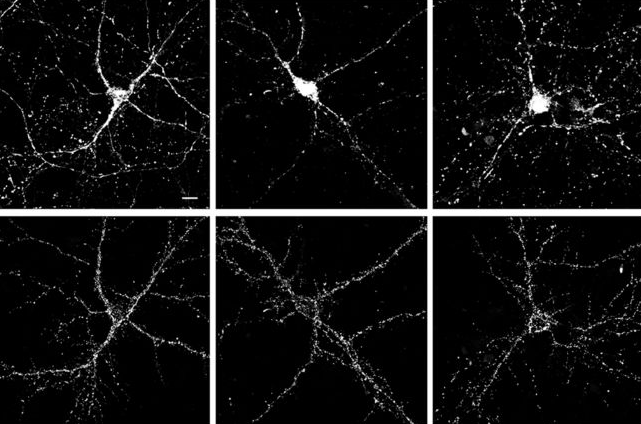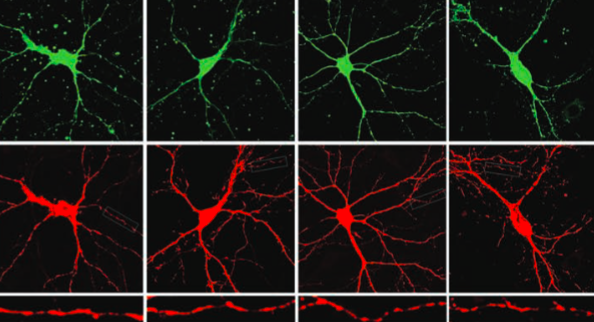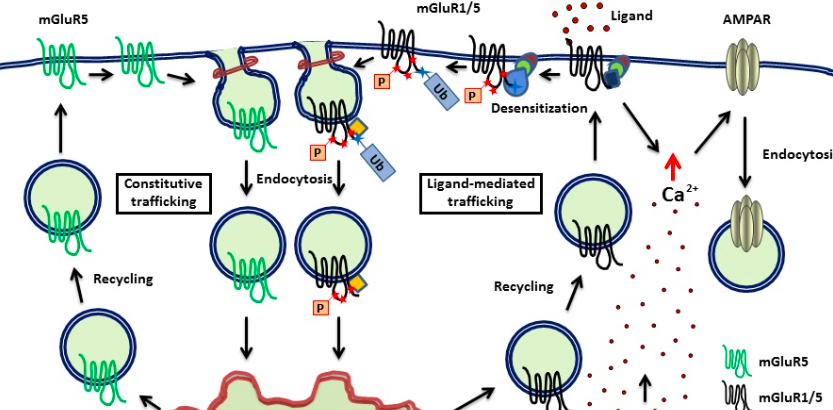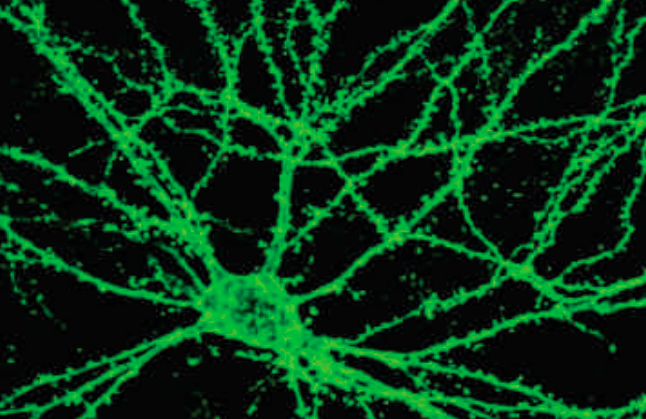An essential requirement for maintenance of homeostasis in any living organism is the ability of cells to sense the external environment and, in the case of multicellular organisms, for cells to communicate with each other via mediators released into the extracellular milieu. In the brain, a variety of neurotransmitters and neuromodulators act on target receptors to activate cellular signaling events which transfer information from one cell to the next. Normal signaling depends on accurate localization of such receptors in specific regions of the cell, and the process of receptor trafficking plays a critical role in controlling this localization. Despite the obvious significance of this process, we still know very little about the protein machineries that mediate trafficking of neurotransmitter receptors in the brain, the regulatory events that control these protein machineries, and the functional consequences of these regulatory events. Dr. Samarjit Bhattacharyya’s specific interest lies in studying the cellular and molecular mechanisms that regulate the trafficking of neurotransmitter receptors in the central nervous system. Currently, his lab is studying the cellular and molecular mechanisms that regulate the trafficking of (1) ionotropic glutamate receptors and (2) metabotropic glutamate receptors (mGluRs). They employ multidisciplinary approaches ranging from biochemistry and molecular biology to cell biology and imaging to address these questions.
Dr. Hasan Mohammad's lab focuses on the fundamental understanding of the neural basis of adaptive behaviors such as motivation, decision-making, and control. The dysfunction of these behaviors can result in craving, bingeing, and compulsivity that underlie addiction. Significant neurobehavioral similarities between food and drug addiction have been reported. For instance, the conditioned environment cues can promote food and drug seeking behaviors in animal models. They aim to identify key brain circuits responsible for maladaptive behaviors in both food addiction-like behavior and drug addiction. They use advanced approaches such as chemogenetics, optogenetics, viral tracing, in-vivo calcium imaging of neurons, transcriptomics, and computational modeling to understand how the brain drives adaptive behaviors in normal and addictive state.






